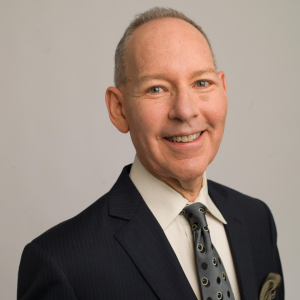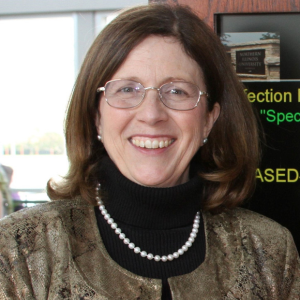Physical therapy efforts may be thwarted by copay
Physical therapy (PT) is just as effective as surgery for treating an impairment common with aging, but some older adults may forego the less invasive option because of Medicare copayments, a recent study found.
Lumbar spinal stenosis is created by a narrowing of the spinal canal that puts pressure on the nerve roots. It has caused decompression surgery to become the fastest-growing intervention in older adults, University of Pittsburgh researchers and colleagues wrote in Annals of Internal Medicine.
The authors studied 169 patients aged 50 or more years already headed for decompression surgery. The patients agreed to be randomly assigned into two groups: Those who would have the procedure, and those who went through two standardized, evidence-based PT sessions per week for six weeks. After both groups were re-examined at intervals of six months, one year and two years, outcomes appeared to be equal. No detectable differences existed between the groups in how their pain abated and the degree to which function was restored in their backs, buttocks and legs.
“Probably the biggest point to put across to physicians, patients and practitioners is: Patients don’t exhaust all of their non-surgical options before they consent to surgery. And PT is one of their non-surgical options,” said principal investigator Anthony Delitto, PhD, chairman of the Department of Physical Therapy at the Pitt School of Health and Rehabilitation Sciences as well as a member of Pitt’s Health Policy Institute and a consultant to the University of Pittsburgh Medical Center.
Delitto, a physical therapist, and his Pitt colleagues long have puzzled over why some patients reacted well to PT and others to surgery.
“The idea we had was to really test the two approaches head to head,” he said. “Both groups improved, and they improved to the same degree. Now, embedded in that, there are patients who did well in surgery, and patients who[se condition did not respond well to] surgery. There are patients who did well in PT, and there are patients wh[ose condition did not respond well to] PT. But when we looked across the board at all of those groups, their success and failure rates were about the same.”
The research project also revealed issues surrounding PT appointments and the cost of a copay, which may prove enlightening to policymakers enmeshed in the charged atmosphere around healthcare, Delitto added.Most patients didn’t finish the PT regimen allowed them under Medicare and prescribed by the researchers, and one-third of the patients did not complete even half of the regimen. Another 16 percent didn’t attend a single treatment, although they had agreed to consider PT.
“One of the big things that we know held patients back from PT were copayments,” Dr. Delitto added. “Patients were on Medicare, and a lot of them were on fixed incomes. Some of those co-payments had to come out of pocket at $25, $30, $35 per visit. That adds up, and some of the patients just couldn’t afford it.”
Delitto’s fellow researchers came from Pitt as well as the Carolinas Healthcare System, the University of Utah and the University of Pennsylvania. The project was funded by grant from the National Institutes of Health and its National Institute of Arthritis and Musculoskeletal and Skin Diseases.

Lois A. Bowers was senior editor of I Advance Senior Care / Long-Term Living from 2013-2015.
Related Articles
Topics: Clinical











